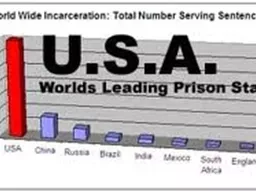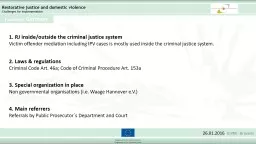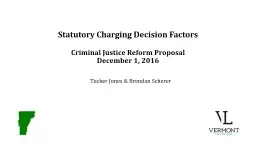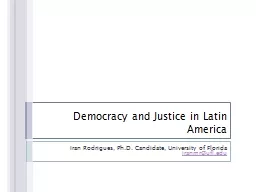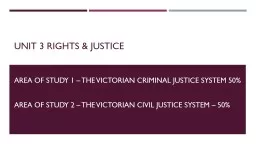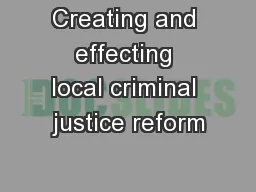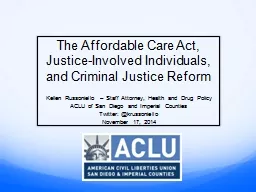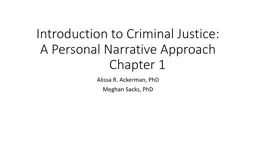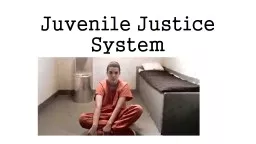PPT-The criminal justice system in America was created to keep
Author : tawny-fly | Published Date : 2016-12-05
With so many of our citizens in prison compared with the rest of the world there are only two possibilities Either we are home to the most evil people on earth or
Presentation Embed Code
Download Presentation
Download Presentation The PPT/PDF document "The criminal justice system in America w..." is the property of its rightful owner. Permission is granted to download and print the materials on this website for personal, non-commercial use only, and to display it on your personal computer provided you do not modify the materials and that you retain all copyright notices contained in the materials. By downloading content from our website, you accept the terms of this agreement.
The criminal justice system in America was created to keep: Transcript
Download Rules Of Document
"The criminal justice system in America was created to keep"The content belongs to its owner. You may download and print it for personal use, without modification, and keep all copyright notices. By downloading, you agree to these terms.
Related Documents

